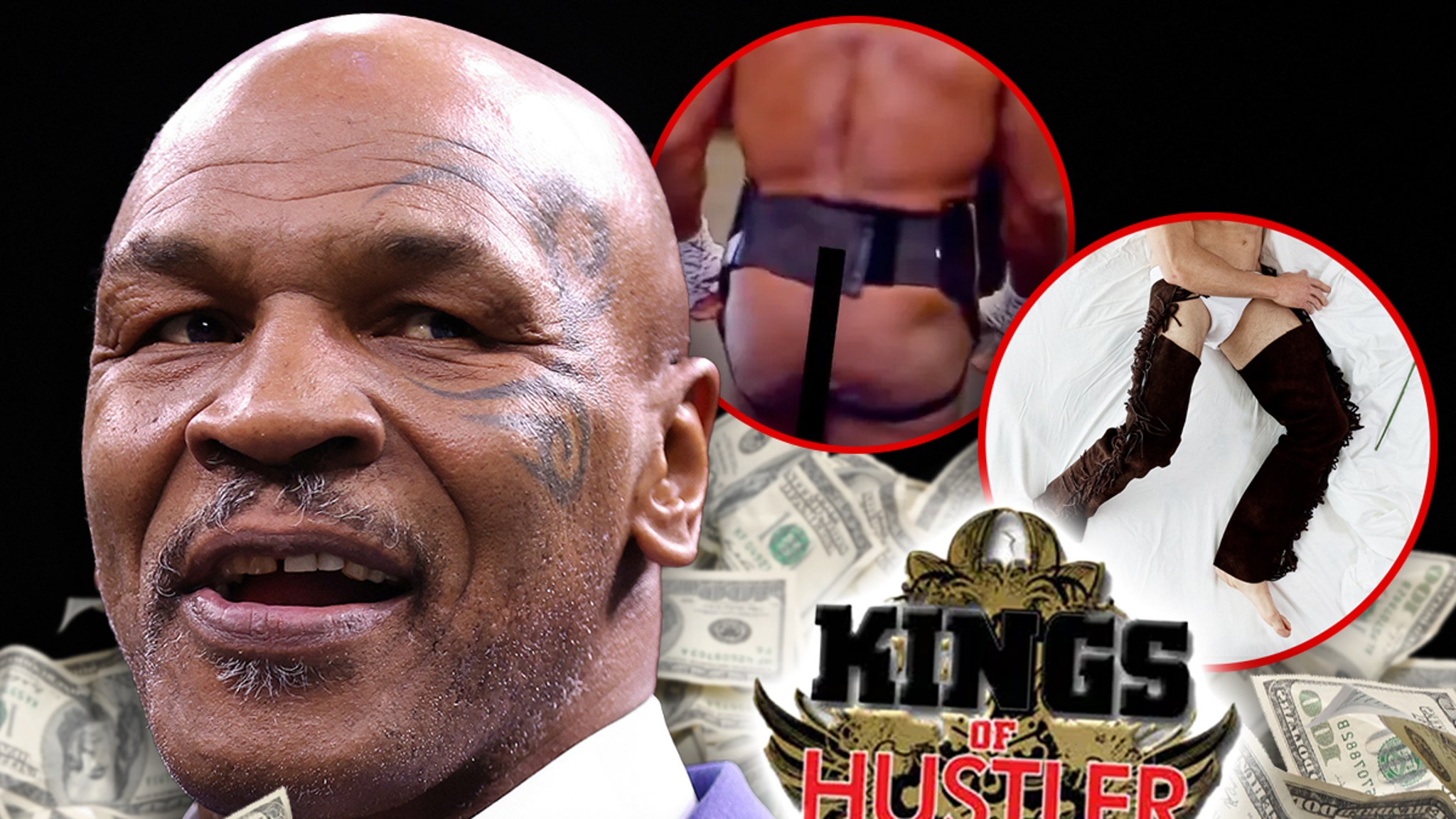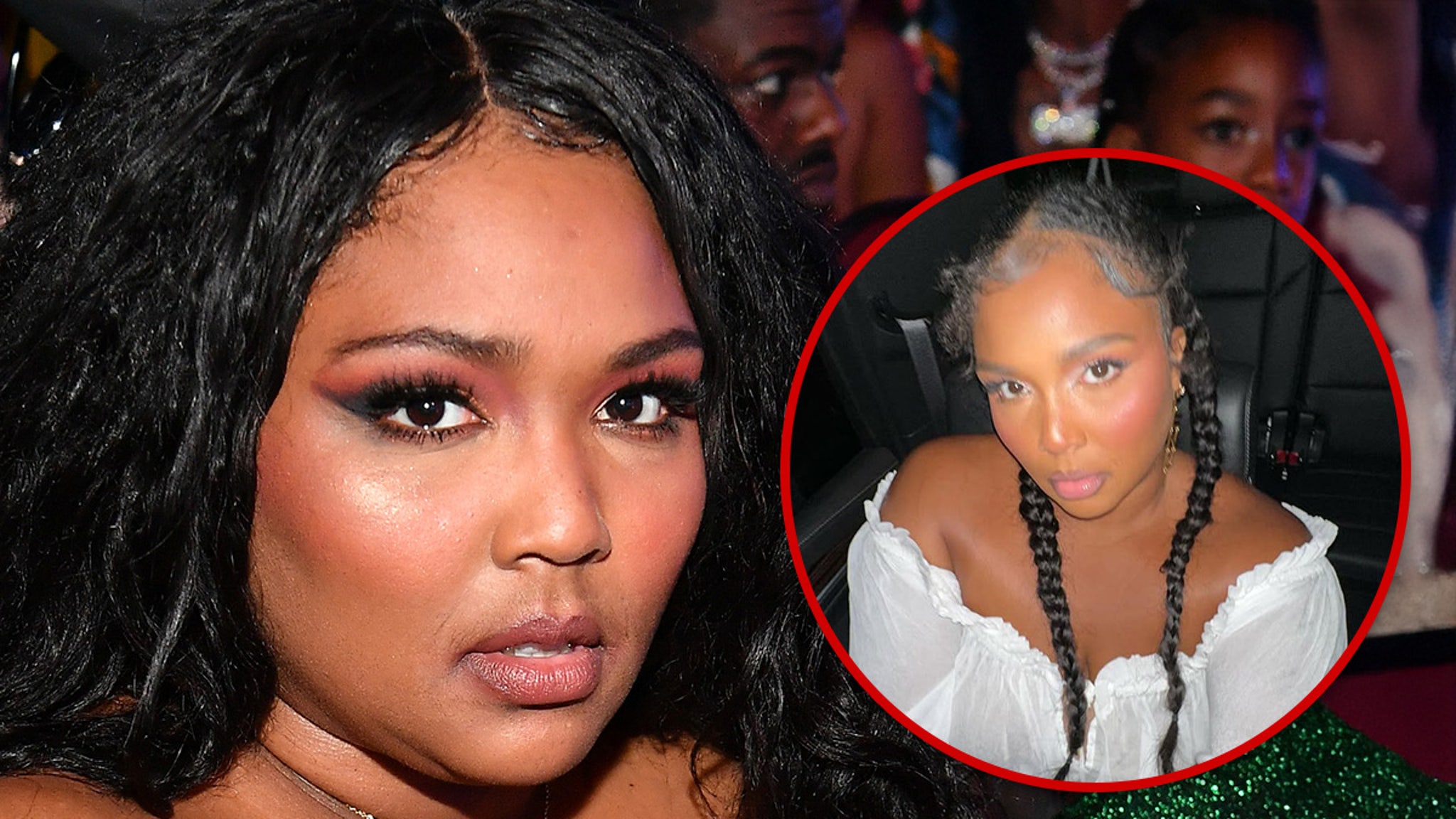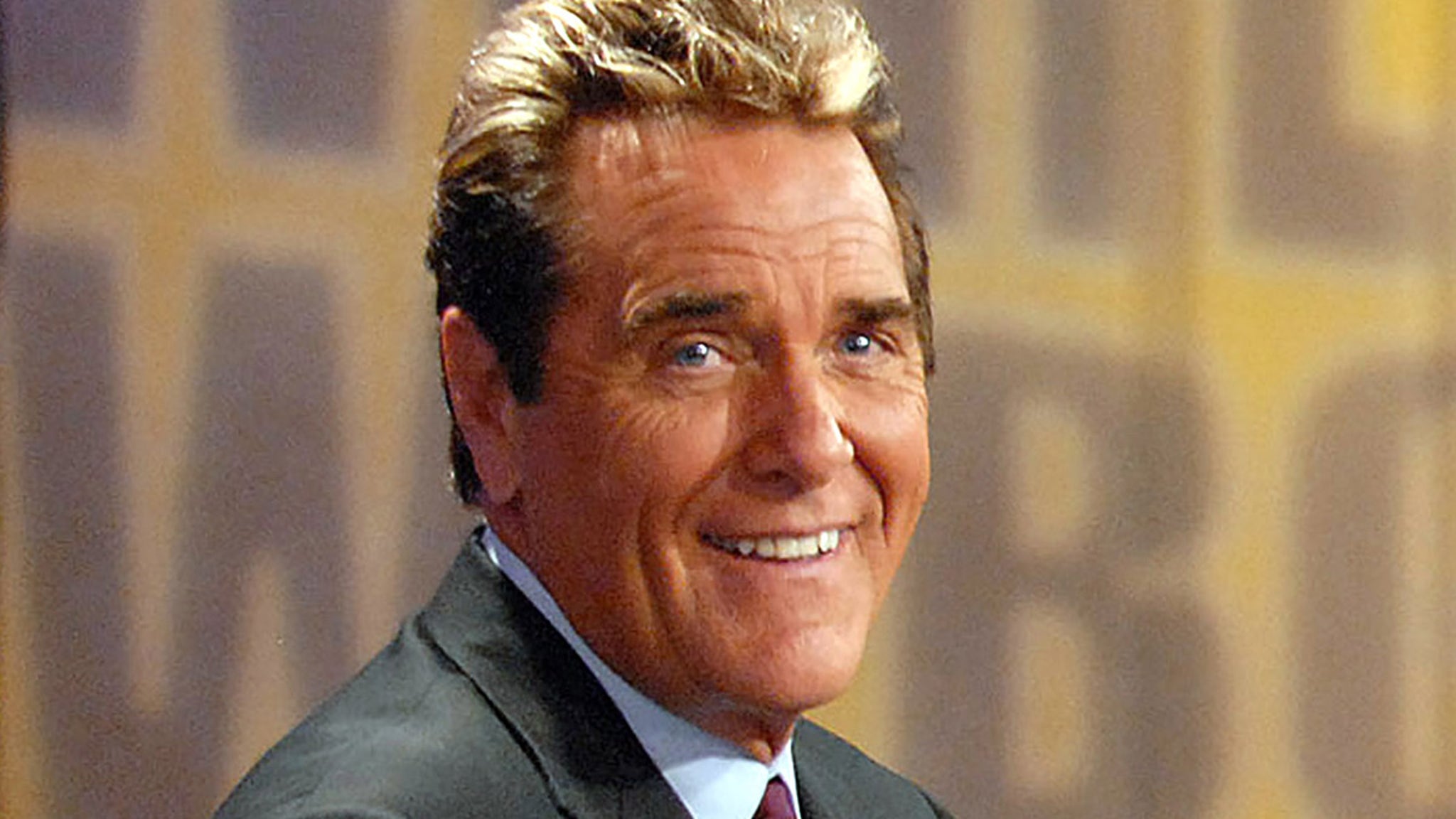Entertainment
Billie Burke, Wizard of Oz’s Glinda the Good Witch: Everything to Know – Us Weekly

Billie Burke is best remembered for her iconic performance as Glinda The Good Witch in The Wizard of Oz (1939). But her legacy spans far beyond that pink bubble — learn more about the actress, a constant presence during Hollywood’s Golden Age.
Her early years
Born Mary William Ethelbert Appleton Burke on August 7, 1884, to William Burke, a famous clown who performed internationally with the Barnum & Bailey circus and her mother, Blanche. The future star grew up all over Europe. Eventually, their family settled down in London, England, where Burke would start acting on stage at age 19.
At age 23, Burke made her way to America and began her career on the Broadway stage. It was there that she would eventually meet her husband, famed vaudeville producer Florenz Ziegfeld Jr.
The pair married in 1914 and built their life together, welcoming daughter Patricia in 1916. During her marriage, Burke starred in 15 films and earned so much money that she even had plans to retire. But the couple lost their fortune with the stock market crash of 1929, and Burke returned to work.
Ziegfeld died in 1932 at age 65.
Her golden era
The 1932 film A Bill of Divorcement served as Burke’s return to Hollywood. In it, she played Katherine Hepburn’s mother, Meg Fairfield, who plans to marry Gray Meredith (Paul Cavanagh) after her divorce from Hilary (John Barrymore) is finalized. But when he returns home from an insane asylum after 20 years, things start to change.
Just a year after her husband’s death, Burke’s next film, Dinner at Eight (1933), hit movie theaters nationwide. It starred Jean Harlow, Wallace Beery, John Barrymore, and Marie Dressler, and it follows a young socialite as she tries to host a dinner party. In the film, Burke played a woman named Millicent Jordan.
Three years later, Burke portrayed actress Myrna Loy in the 1936 film The Great Ziegfeld, costarring William Powell. The film was a fictional retelling of the life of Burke’s husband, Florenz Ziegfeld Jr. The actress was reportedly very upset that she couldn’t play herself in the film, but production ironically thought she was too old.
Burke would star in several other films after that — including Topper (1937) alongside Cary Grant. In it, Grant and his onscreen wife, played by Constance Bennett, die and come back as ghosts to haunt their friends, one of them portrayed by Burke.
Her next big break was Merrily We Live (1938). Considered racy for its time, it follows women who hire ex-convicts as servants. Her character, Emily Kilbourne, eventually fires them for stealing, but the idea of wealthy women letting convicts into their homes was rather radical. This film earned Burke her only Oscar nomination in the Best Actress in a Supporting Role category.
Becoming Glinda The Good
Burke’s most well-known role hit theaters in 1939: Glinda the Good Witch alongside Judy Garland, in the 1939 classic The Wizard of Oz. While Burke had less screentime than Margaret Hamilton‘s Wicked Witch of The West, she entered the cinematic pantheon floating in and out of the scene via pink bubble, delivering immortal lines like “Are you a good witch or a bad witch?”, and of course, sending heroine Dorothy home with the simple instructions: “close your eyes and tap your heels together three times. And think to yourself, ‘There’s no place like home.”
Later career
Even after she left Oz, Burke stayed busy in Hollywood with constant projects but none as successful as the ones she worked on in the 1930s.
The actress earned a star on the Hollywood Walk of Fame in 1960, 10 years before her death in 1970. Burke was 85 and had 91 acting credits to her name.























